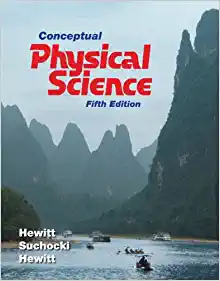Help with this problem pls
4 1 2 WINC d ha As shown above, a compressed spring propels a block of ice of mass m kilograms from rest in section 1 of a mostly frictionless track. The spring is initially compressed by x1 meters and its constant is ky N/m. Once propelled, the block of ice slides along a horizontal part of the track that ends at the base of a rise that climbs h4 meters vertically above the starting point. Once the block of ice reaches section 4 of the track, it is siding at v4 m/s along another part of the track that is horizontal. The area sandwiched between Sections 2 and 3 is the only part of the track where friction is not negligible. It is in this part of the track that the block of ice encounters an opposing kinetic friction fx while sliding horizontally for a distance d. For this problem, m, x1, k1, h4, and v4 are all known as is the coefficient of kinetic friction HK in the length d of the track. Air resistance is negligible throughout the track. By completing the lettered sections below, you will determine the length d of the friction-prone part of the track. (a) Please write neatly and clearly, use the Given Find Solution method to show and explain each step of your work, and use only standard variables like the ones we have employed in class. In addition, please explicitly show any unit conversions this problem may require. (b) Draw and label the Free Body Diagram of the block of ice as it slides along the friction-prone length d of the track, showing all the external forces that are acting on it. Each external force must be represented by an arrow that is properly labeled and includes its angle (if any). Be sure to show explicitly the x and y coordinate system you will use. Next, using the Free Body Diagram as your point of reference, write Newton's complete Second Law equation in the y direction to prove that, in this case, fx = HKmg. (c) Clearly and neatly draw a sketch of the whole track and the ice block. Be sure to indicate explicitly the location of the Ground Zero you will use. Do not draw any external forces on this sketch. (d) Write the complete Conservation of Energy Equation for this system when the ice block is at sections 1 and 4. You will need to substitute here the expression for f you proved in part (b). Next, simplify the complete Conservation of Energy Equation for this problem, explaining which of its terms drop out. (e) Use this simplified Conservation of Energy Equation to solve for d in terms of the other variables. (f) If m = 32.0 kg, x1 = 5.00 m, k1 = 455 N/m, h4 = 12.0 m, v4 = 10.0 m/s, and HK = 0.100, find d to three significant figures (round up only at the very end)







